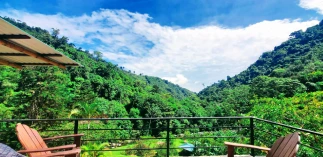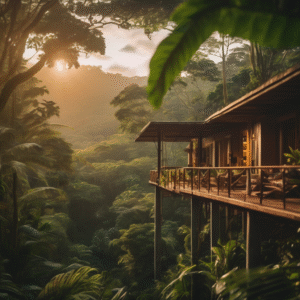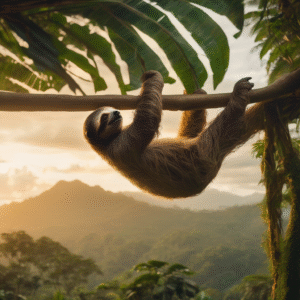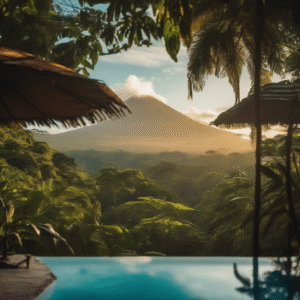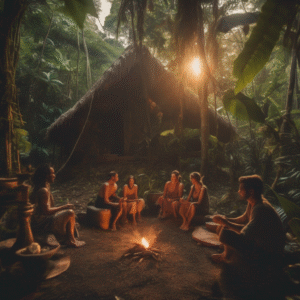High in the Costa Rican mountains, our retreat offers a haven of tranquility. But did you know, our skies are also a highway for incredible feathered travelers? Today, we turn our gaze skyward to a remarkable long-distance migrant, the Red Knot.
The Red Knot (Calidris canutus) isn’t a permanent resident of Costa Rica. Instead, it graces our shores during its epic biannual migration journey. These medium-sized shorebirds, with their distinctive long, slender bills and petite heads, come in two “flavors”: breeding plumage and non-breeding plumage.
During the breeding season, high up in the Arctic tundra, Red Knots transform into rusty marvels. Their faces, necks, breasts, and underparts become a vibrant chestnut red, earning them their namesake. The upper parts, meanwhile, are adorned with a beautiful mosaic of dark brown, black, rufous, and grey feathers.
Come fall, the red fades, replaced by a more subdued winter plumage of pale grey backs and white underparts. This camouflage perfectly suits their wintering grounds on sandy beaches.
But why do Red Knots embark on such a monumental journey, traveling over 9,000 miles between their breeding and non-breeding grounds? The answer lies in food.
Red Knots are opportunistic feeders, their diet consisting mainly of insects, crustaceans, and mollusks. During the breeding season, the Arctic tundra provides an abundance of insects and larvae, ideal for raising chicks.
However, come winter, the Arctic buffet closes. This is where Costa Rica, with its extensive coastlines, enters the picture. Our shores offer a vital stop-over point for Red Knots on their southbound migration. Here, they refuel on a smorgasbord of marine invertebrates in the mudflats and along the sandy beaches.
These stopover sites are crucial for Red Knots. They need to build up fat reserves for the next leg of their migration to South America. Studies suggest that a Red Knot can double its weight during its stay in Costa Rica, a testament to the importance of our coastal ecosystems.
Unfortunately, the Red Knot’s incredible journey faces threats. Habitat loss, both on their breeding and wintering grounds, disrupts their delicate migration cycle. Additionally, dwindling food sources, like horseshoe crab eggs along the Atlantic coast of North America, can impact their ability to build fat reserves.
The Red Knot’s presence in Costa Rica is a reminder of the interconnectedness of our planet. Their survival depends on healthy ecosystems across continents. By protecting our coastlines and promoting sustainable practices, we can help ensure that these rusty red wonders continue to grace our skies for generations to come.
Spotting the Red Knot:
While not as common as some resident birds, Red Knots can be seen along the Costa Rican coast, particularly during their southbound migration (late August-October) and northbound migration (mid-March to late April). Look for them in large flocks foraging in mudflats and along sandy beaches. Binoculars are recommended to appreciate their distinct plumage.
Do your part:
- Support organizations working to conserve coastal ecosystems in Costa Rica and around the world.
- Reduce your environmental impact by making sustainable choices.
- Spread awareness about the plight of migratory birds like the Red Knot.
By appreciating these incredible avian travelers, we can help ensure the skies above our Costa Rican retreat remain a highway for wonder.
For more information, please view our comprehensive guide about the birds of Costa Rica

